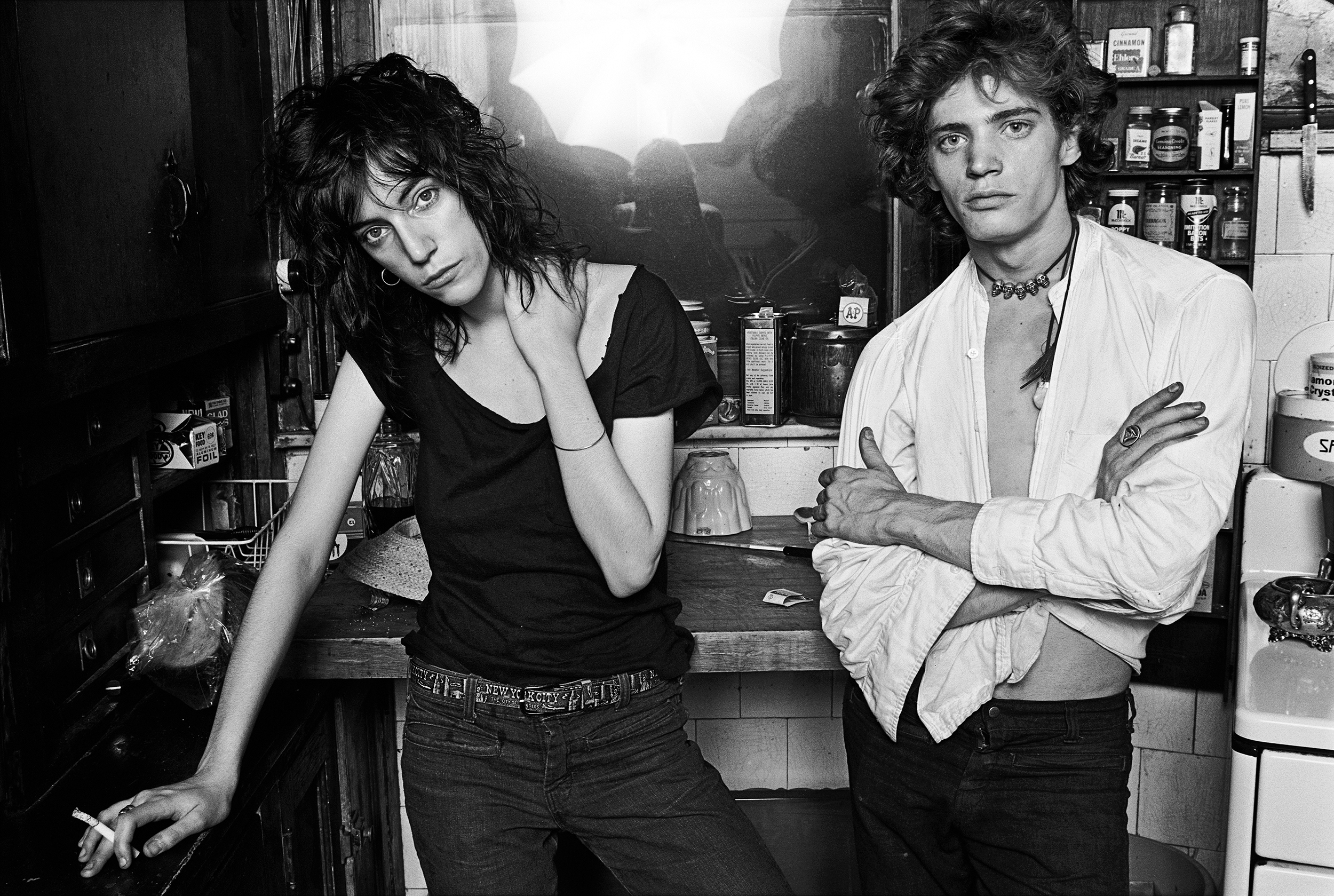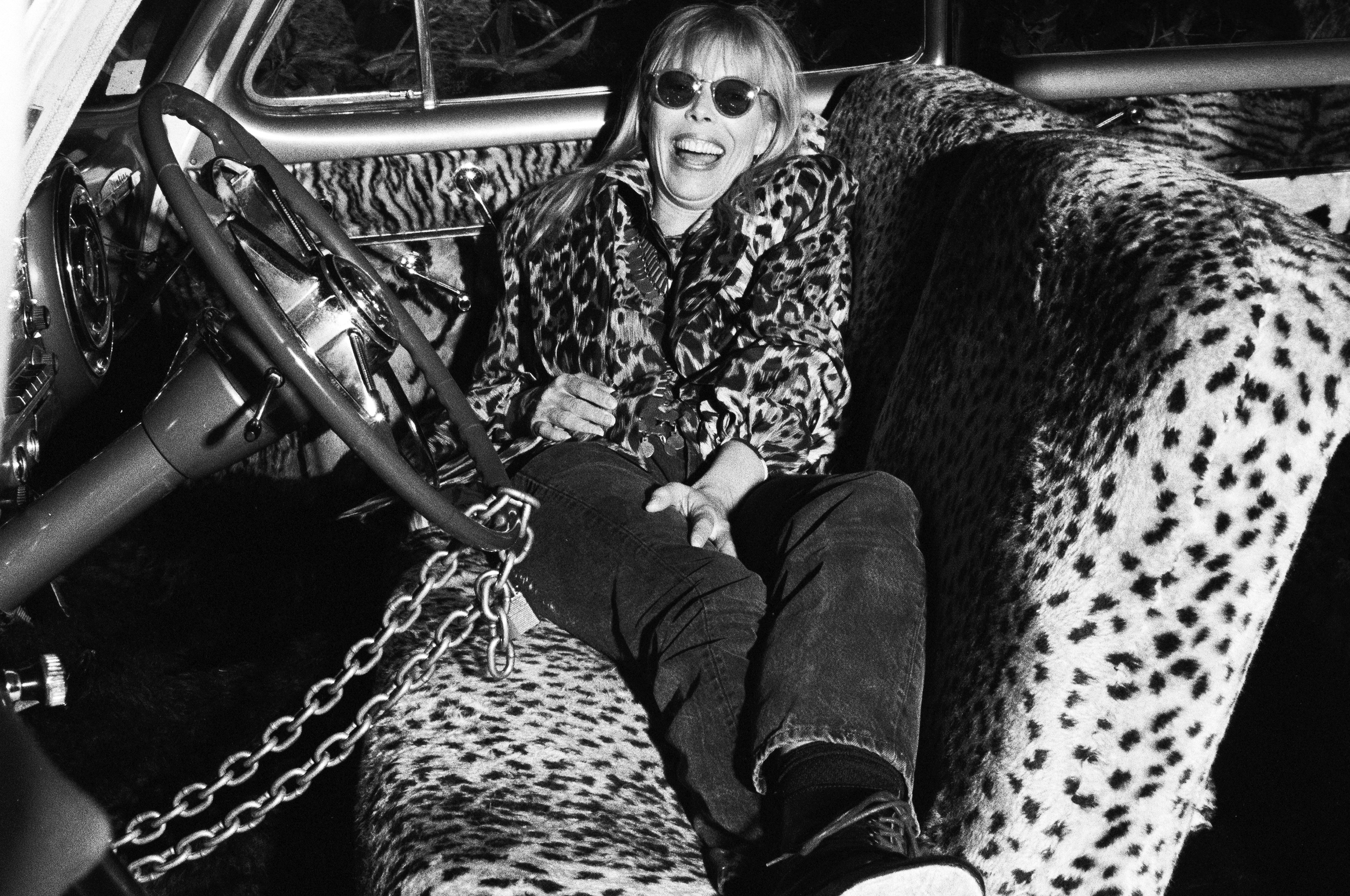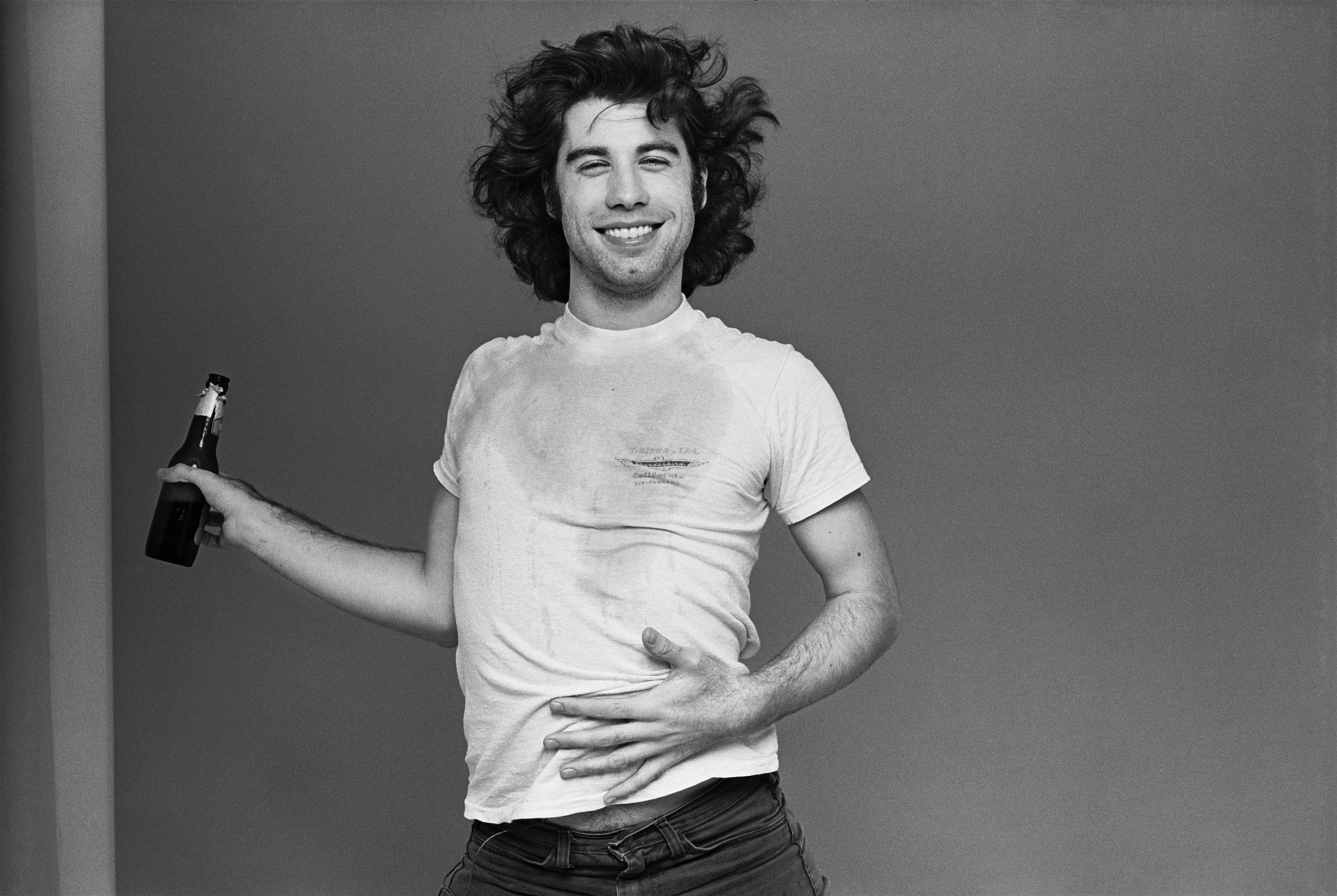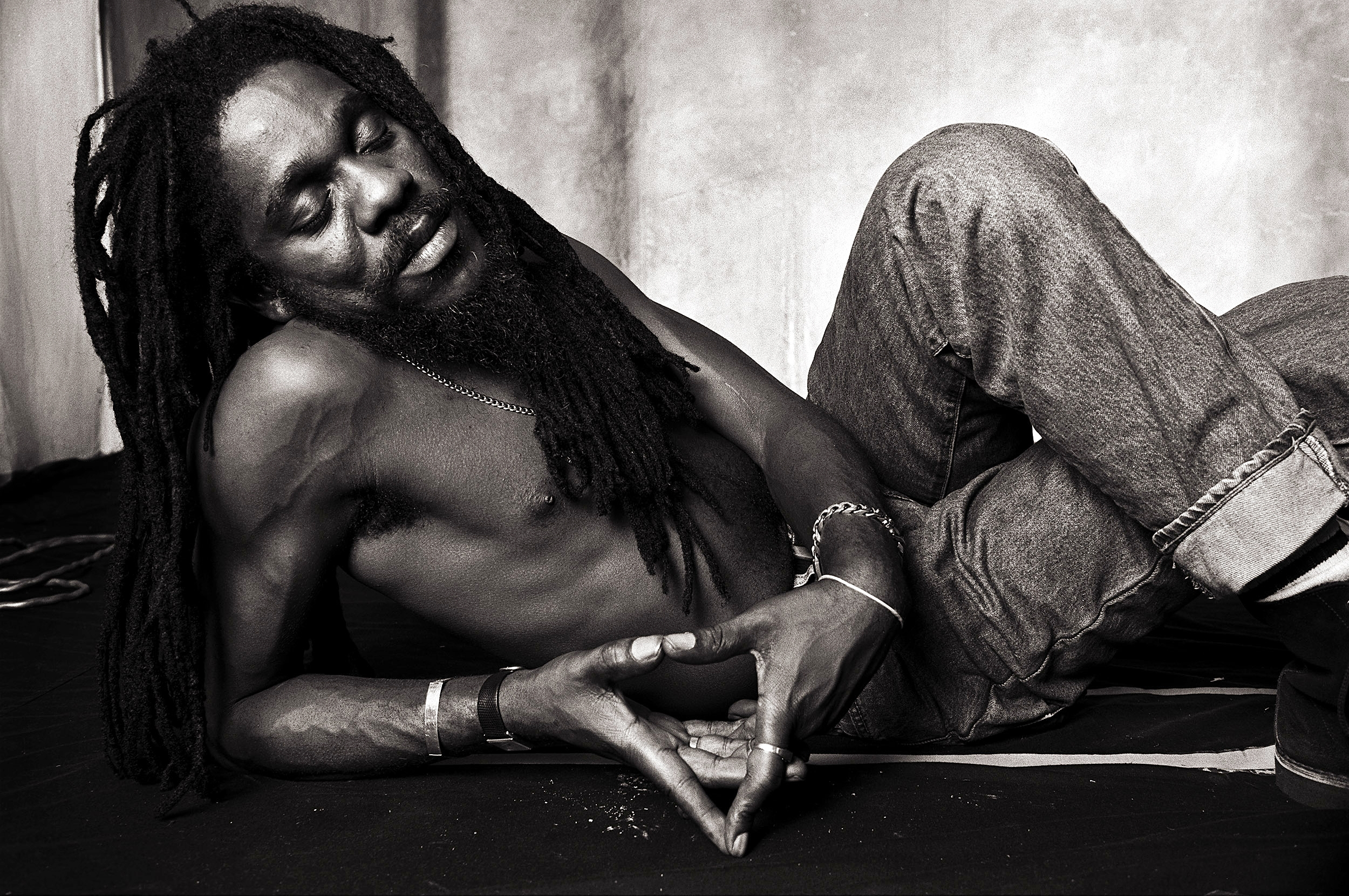“It's not about photography – it's about communication.” Norman Seeff
Norman Seeff was born March 5, 1939 in Johannesburg, South Africa. Seeff graduated with honors in science and art at King Edward VII School in Johannesburg. At the age of 17, he was drafted as the youngest player in the South African national soccer league. Seeff qualified as a medical doctor in 1965. For three years he worked in emergency medicine at the Chris Hani Baragwanath Hospital in Soweto focusing on the management of traumatic shock. In 1969, he immigrated to the United States to pursue his creative passions and artistic abilities.
‘My whole thing was,'It'snot about photography – it's about communication.’
Selected artworks from the shop
Steve Jobs by Norman Seeff
Joni Mitchell by Norman Seeff
John Travolta by Norman Seeff
Dennis Brown by Norman Seeff
Patti Smith Mapplethorpe by Norman Seeff
Steve Martin by Norman Seef
Ray Charles by Norman Seeff
Joni Mitchell by Norman Seeff
Aerosmith by Norman Seeff
Get in touch.
Interested in more details or our exclusive collections? Contact us via email for all your inquiries. Dive into the elegance of Norman Seeffs photography with us!
MORE ABOUT NORMAN SEEFF
Norman Seef is known for his intimate portraits of 1970s icons, from Janis Joplin and the Rolling Stones to Tina Turner, Patti Smith, and Ray Charles, Norman Seeff is unlike any other celebrity photographer. Norman Seeff’s work focuses on the exploration of his subjects’ creativity and the dynamics of the creative process. His interactive photoshoots, or‘sessions’,often involve live performances and personal interviews, which allow him to capture the unique essence of each person he photographs. These sessions, which often draw audiences as large as 250 people, reveal the true personality of each sitter through intimate conversation and the easy, laid back quality of a simple grey backdrop.
For over four decades, acclaimed photographer Norman Seeff has produced some of the most enduring images of the world’s greatest cultural icons, from musicians to moguls, actors to athletes.
In 1968, he moved to New York to pursue his creative passions and artistic abilities.
Soon Seeffs photographs of the people he encountered on the streets of Manhattan were discovered by the famed graphic designer Bob Cato. As the former Vice President of Creative Services at Columbia Records, Cato was renowned for his album cover design which had won two Grammy Awards. Cato became an important mentor to Seeff and gave him his first major photographic assignment producing images for The Band's Stage Fright album.
Seeff's iconic image of the group was re-produced as a poster inserted under the album's shrink wrap, which when unfolded, became a hugely popular collectors' item. This brought him immediate recognition and launched his career as a"rock"photographer. His early work also includes images of Debbie Harry, Patti Smith, Robert Mapplethorpe, Andy Warhol as well as other New York City personalities.
Norman Seeff relocated to Los Angeles to become creative director of United Artists Records.
His innovative approach to collaborative art-direction resulted in multiple Grammy Award nominations for graphic design.
Two years later, he opened an independent studio on the'strip'on Sunset Boulevard.
His photographic sessions became legendary and attracted audiences of 30–40 at each session, swelling to over 200 on some occasions.
In his evolution as a photographer of public personalities, Seeff realized that to accomplish the vitality and authenticity he was looking for in his images required a paradigm shift in his interaction with artists and innovators.
Creating the session as both a nurturing and challenging environment for a co-creative relationship with artists, it evolved as a laboratory for the exploration of the fundamental dynamics of creativity from the"inside"out.
Responding to the emotional authenticity and depth of the creative communication between himself and artists, Seeff brought a film crew into a session for the first time in 1975, beginning with Ike and Tina Turner.
For Seeff, the session became the art-form itself, transforming into a multi-disciplinary process of photography, filmmaking and creative communication.
Norman Seeff has documented over 500 sessions with artists of many disciplines including musicians, actors, writers, directors, actors, scientists, entrepreneurs, and politicians.
His creative interaction with renowned creators and innovators includes such luminaries as Ray Charles, Joni Mitchell, Guthrie Thomas, Kiss, Steve Jobs, Steve Martin, John Huston, Martin Scorsese, Billy Wilder, Bob Fosse, will.i.am, Tina Turner, Alicia Keys, Sir Francis Crick, Nobel Prize winners and hundreds of others.
In 1990, Seeff applied the spontaneous and co-creative approach he had developed during his photo sessions to working with actors in television commercials. During the 1990s, he became an acclaimed, award-winning director of hundreds of national commercials for major brands including Apple, Levi's, Glaxo, Nissan, Toyota, General Motorsand Motorola.
Seeff returned to photography and the documentation of his sessions in 1999 in order to produce a documentary exploration of the artist's journey for the opening of Paul Allen's Experience Music Project and sessions with the stars of Paramount Television and Caltech's many Nobel Science Laureates.
It was this assignment that led to Seeff being invited to work with the NASA space explorers at the Jet Propulsion Laboratory(JPL)and to the production of his documentary film Triumph of the Dream. The documentary reveals the human face of the Mars Exploration mission that landed two rovers on Mars in 2004. In the film, Seeff uses the”SevenStage Dynamic of the Creative Process” he developed in his photo sessions as the underlying narrative structure.












